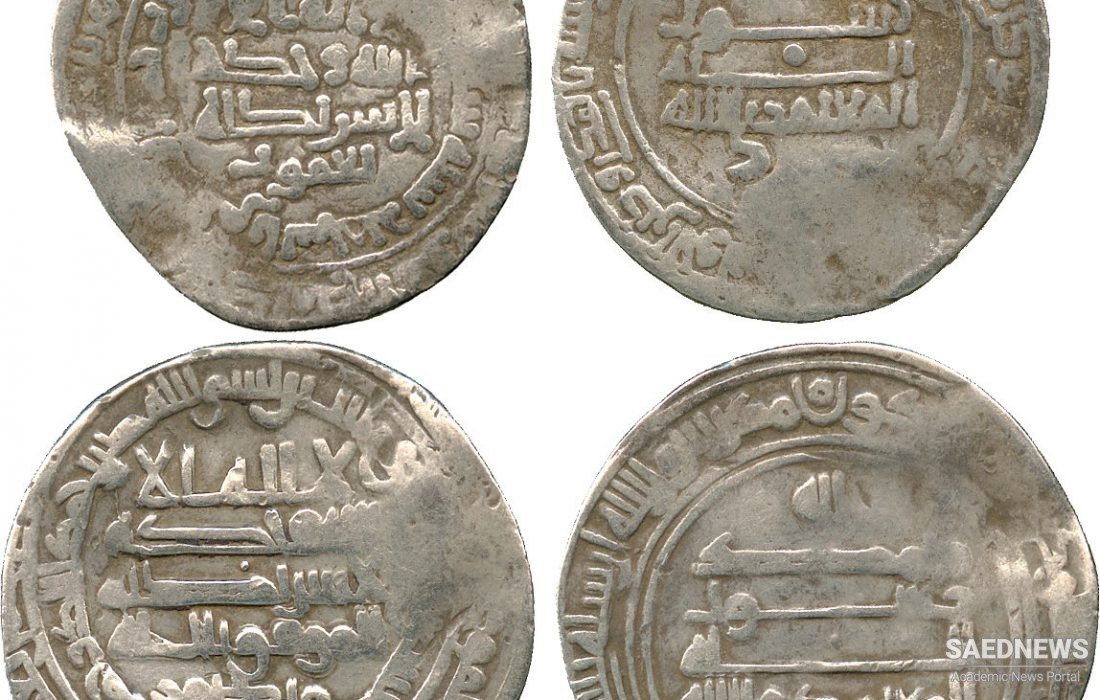Caliphal control over Sistan had become tenuous even before the rise of the Saffarid brothers. When the Umayyad Viceroy al-Hajjaj b. Yusuf and his generals cleared the Kharijite sectaries of the Azariqa from Persia, many of these last fled eastwards into Kirman, Sistan and the adjacent regions. During the course of the 2nd/8th century, the savagery of the Azariqa (who were one of the most extreme of the Kharijite sub-sects) moderated somewhat, although it by no means wholly died down. In the eastern Islamic world, it was only in Sistan, Kuhistan and Badghis (the region around Herat) that Kharijism retained its vitality, probably because it utilized the social and religious discontent endemic in the Persian countryside during the 2nd/8th and 3rd/9th centuries, the discontent which may also be traced in such outbreaks as those of al-Muqanna', Ustadhsis and Babak al-Khurrami. Certainly, the strength of Kharijism in Sistan lay in rural areas; the large towns, such as the capital Zarang and Bust, were garrisoned by the troops of the caliphal governors and held fast to the official connection. The governors were perpetually harassed by peasant jacqueries and Kharijite outbreaks, movements of local protest against the exactions of the caliphal taxcollectors. These culminated in the great rebellion beginning in 179/ 795-6 or just after, led by Hamza b. Adharak or 'Abd-Allah. For thirty years, Hamza successfully defied the caliphs and their governors, claimed the title "Commander of the Faithful" for himself, and did not die till 213/828. After this, the khutba in Zarang was maintained for the 'Abbasids, but no revenue was forwarded to Iraq. The Tahirids appointed deputies to govern Sistan and at times sent troops (one of the commanders employed there was Ilyas b. Asad of the Samanid family), but their inability to collect revenue was chronic; the Kharijites remained active in the countryside and the governor's writ rarely extended far beyond the walls of Zarang. In this period of waning caliphal authority, the orthodox, legitimist elements in Sistan were thrown back on their own resources. Hence there arose in the towns, above all in Zarang and Bust, bands of vigilantes to combat the Khariiites. These are sometimes called in the sources muttawwia "volunteer fighters for the faith", but more often by the rather opprobrious term of 'ayyarun "ruffians, marauders ", for the 'ayyars were often as much a scourge to the orthodox and lawabiding as to the Khariiites.


 Saffarids the Revivers of Hope for Persian Cultural Renaissance after Arab Conquest of Iran
Saffarids the Revivers of Hope for Persian Cultural Renaissance after Arab Conquest of Iran














































